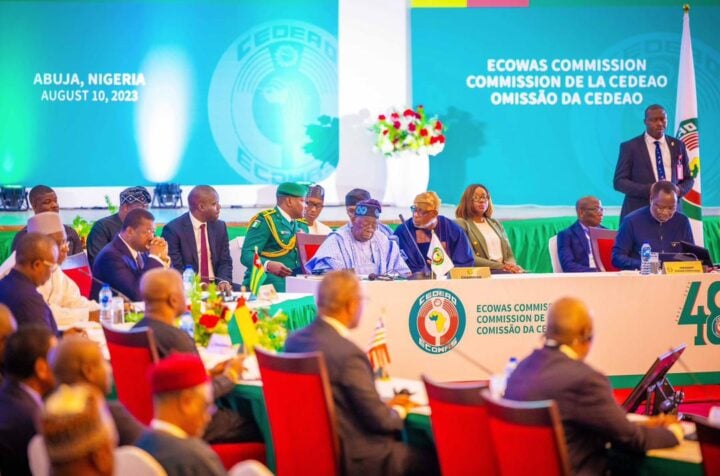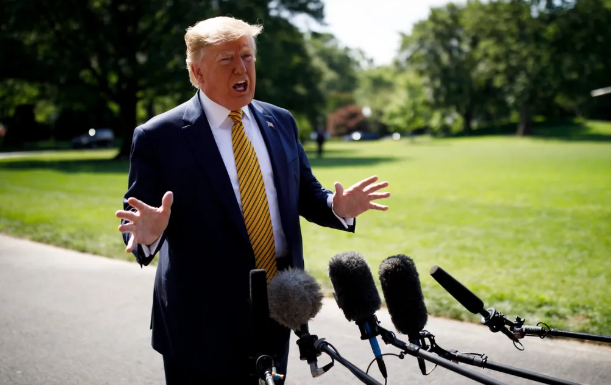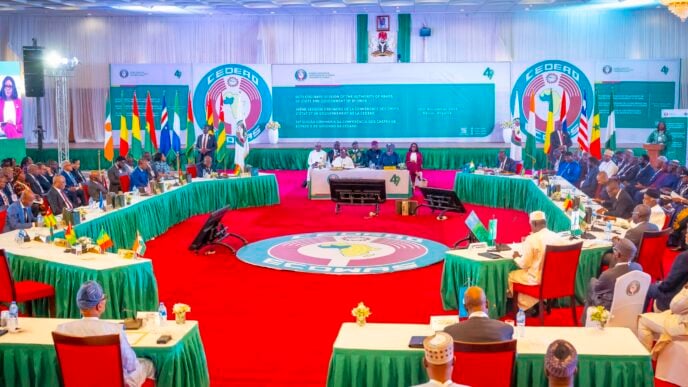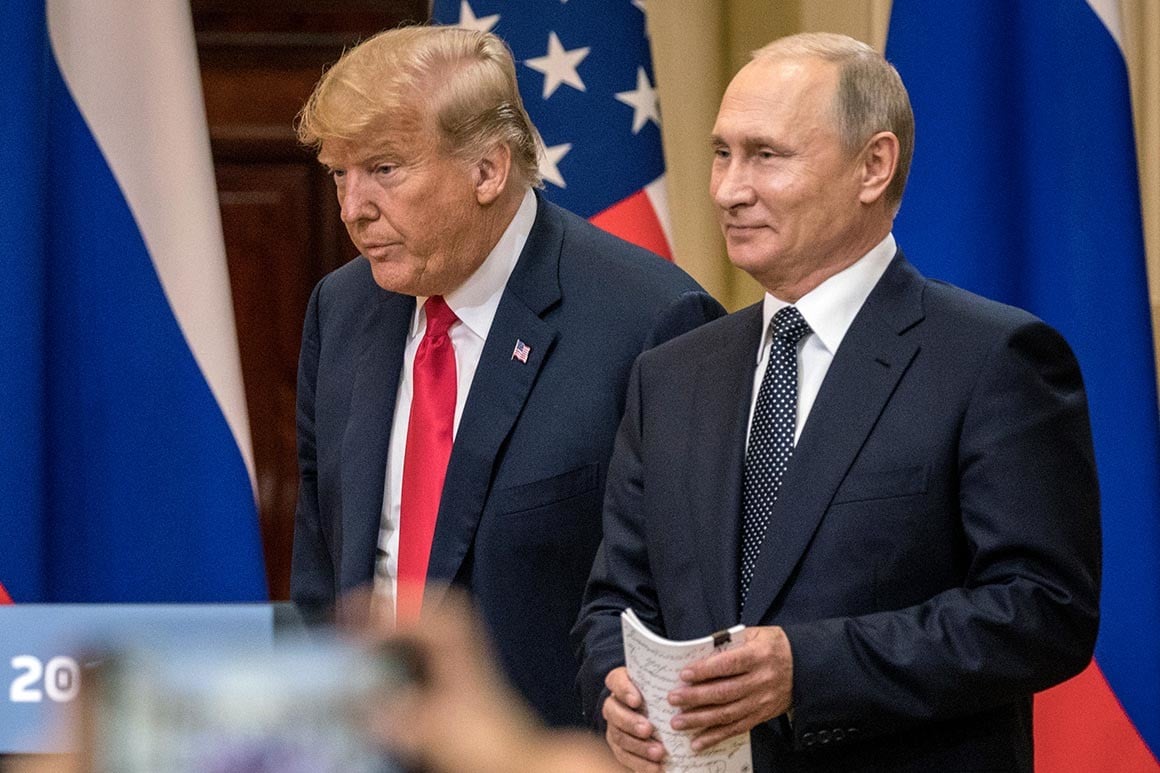World Health Organisation (WHO) director-general Tedros Ghebreyesus
The World Health Organisation (WHO) says it will reduce the scale of its operations and cut down the number of its staff.
Speaking at a briefing, Tedros Ghebreyesus, WHO director-general, said since the US announced its intention to withdraw from the global health body, the organisation has been conducting a process of prioritisation and realignment.
The director-general announced a new structure for the organisation, which he said will see the senior leadership team reduced from 12 to seven, and departments slashed from 76 to 34.
“We are facing a salary gap for the 2026-27 biennium of at least $560 million, which represents about 25 percent of staff costs in the current biennium,” he said.
Advertisement
“This is the reality we are facing, and which is driving the prioritisation and realignment, the new structure, and the reduction in our workforce.”
The restructuring aims to realign WHO’s work with its priorities, focusing on three core pillars: health promotion and disease prevention and control, health systems, and health emergency preparedness and response.
Ghebreyesus said regional offices are finalising their structures, with the least impact expected at country level.
Advertisement
“We had a very honest discussion with staff this morning and said to them that these are very painful decisions for all of us. We will be saying goodbye to a significant number of colleagues, but we will do it humanely and with kindness and dignity,” he said.
The director-general said the financial crisis is attributed to the US’ refusal to pay its assessed contributions for 2024 and 2025, combined with reductions in official development assistance by some other countries.
However, he praised member states for increasing assessed contributions, which has mitigated the impact of the financial shortfall.
“Your decision to increase assessed contributions was made to make the organization’s financing more resilient and protect it from shocks — and it’s working,” he said.
Advertisement










